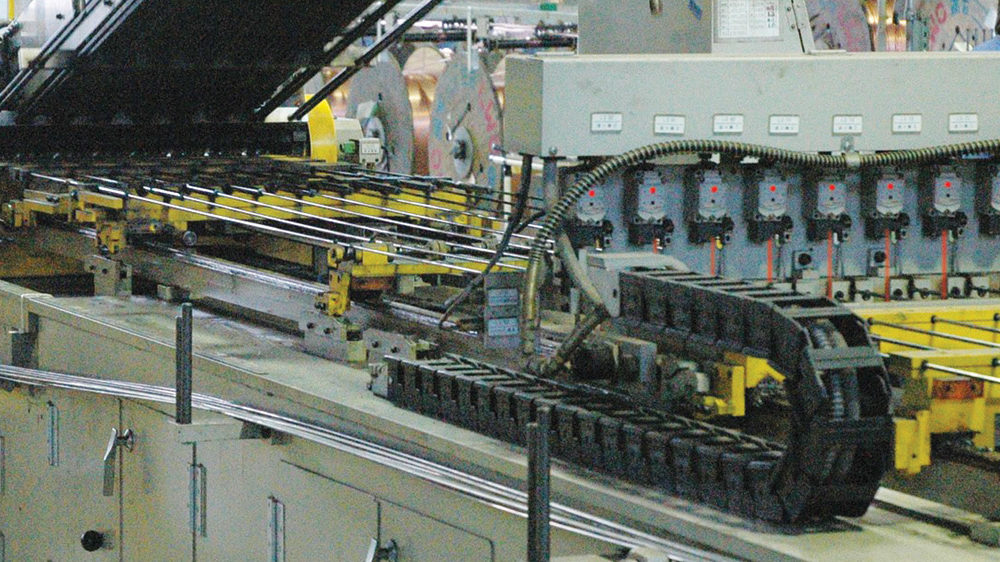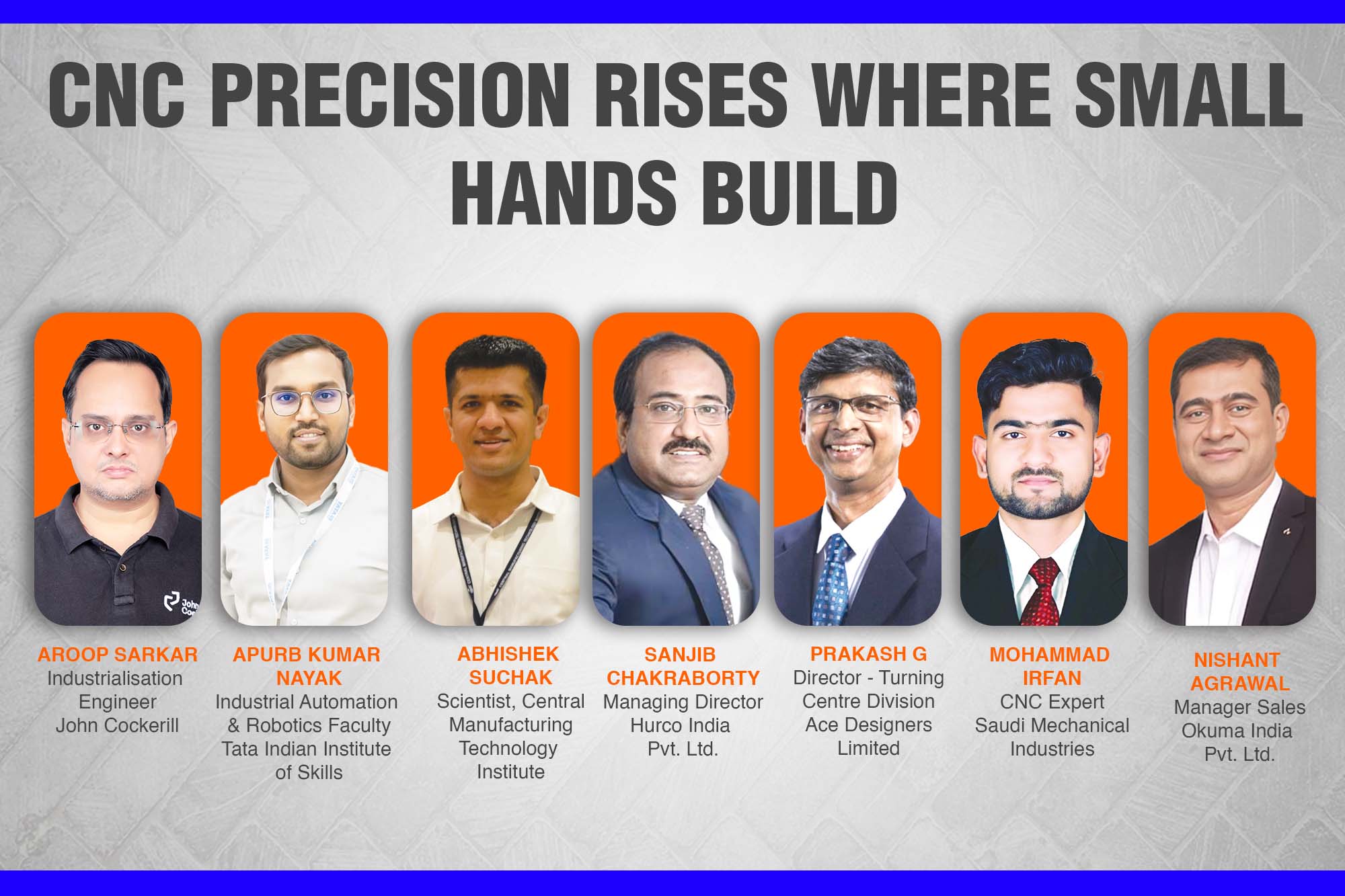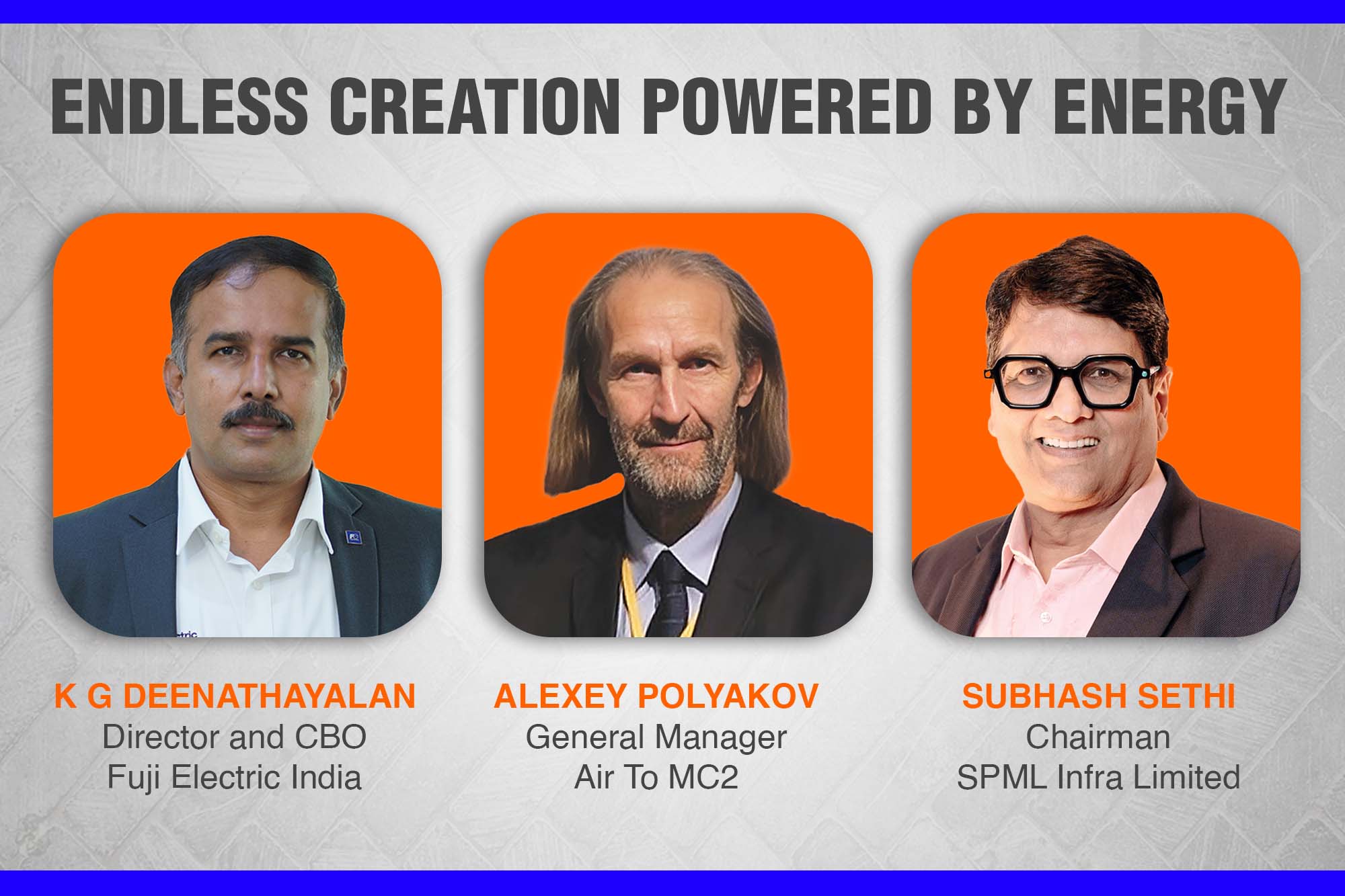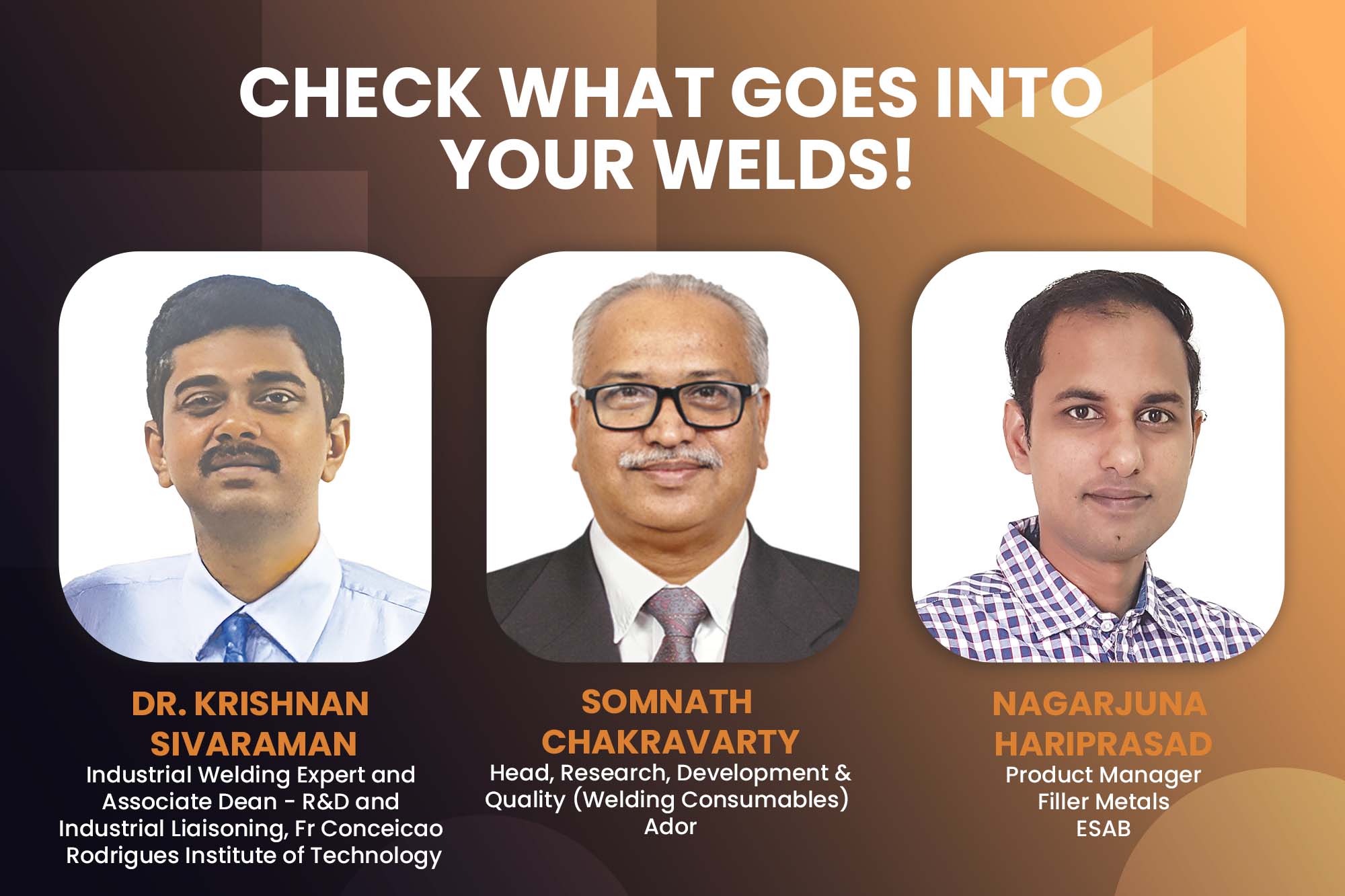Sensors in safe manufacturing
By OEM Update Editorial December 11, 2017 11:55 am IST
A review on how sensors can help in safe manufacturing process.
Advanced manufacturing technology is rapidly transforming the global manufacturing landscape. Robots have typically been segregated from humans for safety reasons, but improvements mean they’re now poised to take on a wider variety of tasks and are safer to be operated by and around the human workforce.
Monitor work-in-progress
Sensors installed in automation using robots make the process safer for the manual labour operating around the robots. The purpose of sensors is to inspect work-in-progress, to monitor the work-in-progress interface with the manufacturing equipment, and to allow self-monitoring of manufacturing by the manufacturing system’s own computer. Pradeep David, General Manager, South Asia, Universal Robots India Pvt Ltd, explains, “In a fully automated machine such as in computer-integrated manufacturing, the controller is completely adaptive and functions in a closed-loop manner to produce automatic system operation.”
He adds, “In other cases, where human activity is involved in the control loop, collaborative robots by Universal Robots gives unique functional safety like safety-rated monitored stop, hand guiding of cobots to make it easier for human operator to use it, speed and separation monitoring, power and force limiting capabilities, making human-robot collaboration easier.”
Prediction and prevention of future events
Sensors play a very important role in a manufacturing set up by detecting, measuring, analysing, and processing various changes that occur on productions sites, such as changes in position, length, height, displacement and appearance.
Sameer Gandhi, MD, OMRON Automation, India, says, “Sensors contribute to predicting and preventing future events and detect non-conformance. Any deviation can be sent to the PLCs which can in turn trigger a machine stop so that safety of people and equipment can be maintained. Besides, they are one of the most intrinsic elements of an advanced IIoT solution.”
Gandhi feels the ability of these tiny components to record and send data to PLCs which in turn send it to a cloud or some other network further allows businesses to process more and more accurate and real-time data on how equipment are being used, which one is not performing well, when they are likely to breakdown, and what should be the future course of action. He adds, “Harnessing of this sensor data is the basic platform for machine-to-machine communication, machine learning and big data technologies. All this gets translated to many benefits such as managing inefficiencies, reducing down time, enabling change over’s, cutting costs, bringing in finer business intelligence, quality control, supply chain traceability, etc.”
‘Sensors’ play a key role in collecting data from the field
Ninad Deshpande, Head- Marketing, B&R Industrial Automation, says, “As we humans recognise our surroundings using our sensory organs, similarly a machine detects its atmosphere using sensory devices used in machines and factories. These sensors play a vital role in collecting data from the field and communicating it to the controller.”
He adds, “With technological advancements and human and machine safety gaining importance, sensors are acting as data collectors for safe controllers too. These safe as well as non-safe controllers would render non-functional without these sensors on the field.”
Deshpande observes robots in the manufacturing units were predominantly bounded by cages with many safety interlocks. These doors and cages had sensors for detecting safety breaches. In case a safety breach is detected, the controller halts the robot. However Deshpande explains, “Today, robots need not be bounded by cages and we are witnessing robots collaborating and working hand-in-hand with humans. Sensors on the robot arm provide the intellect to the controller about the presence of human or touch of human. This has resulted in safe work places in factories and manufacturing units.
Helps in preventing accidents; inspection of manufactured parts
According to Piyush Rajpal, General Manager-Marketing & EU sales, Industry Business, Schneider Electric, “Manufacturing sector is one of the highest growing sectors in the world. Sensors serve several purposes. While on one hand, they help in ensuring the safety of the manufacturing processes by preventing accidents in case of an emergency; Sensors also help in inspection of manufactured parts. They allow checking of high production rate operations and ensure good repeat accuracy of checking and can be used to manage objects’ flow.”
Smart sensors – Transparent, efficient and ensure security
The world is moving towards innovation and digitisation. IoT is greatly benefitting the manufacturing sector by infusing innovations in the manufacturing sector. One such innovation is smart sensors. Smart sensors connect disparate devices and systems and enable different machines to interact with each other allowing the manufacturers to monitor equipment and systems in every plant.
Rajpal informs, “Smart sensors enable the companies to produce in a more transparent, efficient and profitable manner, ensuring security is the most important function and aspect of sensors.”
Sensor solutions: For safe manufacturing process
ISO/technical specification a positive step
Cobots from Universal Robots stand out as an extremely safer robotic arm which works in same shared space with human operator. Main feature of collaborative robots is the power and force limiting which automatically stops the operation of robot arm if any external force or obstruction detected on the robot arm which hereby safely works alongside without causing any harm or injury to human operator. Universal Robots follow ISO/ Technical Specification TS15066 which allows a collaborative robot to work next to human operator without any safety cages or barriers.
Universal Robots comes with an inbuilt 15 adjustable safety functions which makes robotic arm safer depending on the application need.
OMRON’s E2E-NEXT Next-generation Proximity Sensors
OMRON is one of the leading providers of sensors in the Industrial Automation domain across the globe. The company has a wide collection portfolio ranging from photoelectric sensors, proximity sensors, displacement or measurement sensors, ultrasonic sensors, photomicro sensors, rotary encoders and pressure sensors catering to varied requirements of a progressive shop-floor of all leading segments in the manufacturing industry.
B&R provides complete automation solutions to machine and factory builders. Safety forms an integral part of these solutions together with open source safe networking. Apart from the usual controls, I/Os and drives, B&R has a wide product portfolio for safety products ranging from controllers, I/Os to drives.
Deshpande states, “openSAFETY is the only open fieldbus independent safety protocol which is TÜV certified. It provides SIL3 communication from sensors to the controller.” Various safety sensors such as light curtain, emergency stops, joysticks, encoders are already available on openSAFETY. openSAFETY is already available over networks such as Ethernet, Ethernet POWERLINK, CANopen and Modbus.
B&R trusts in open source solutions with OPC UA, Ethernet POWERLINK and openSAFETY forming an integral part of its networking solutions. B&R already has a successful implementation of human robot collaboration deployed in the field, which uses openSAFETY for all safe communication from sensors to the B&R safety controller.
Safety detection solutions from Schneider Electric
Rajpal from Schneider Electric comments, “Schneider Electric offers numerous solutions for safe manufacturing. It has one of the most comprehensive offerings of industrial safety switches in the market, complemented by a range of safety light curtains and safety pull rope switches, and for all high-risk machines across industries.”
He adds, “These include packaging, handling, robotics, machine tools, presses, automotive sector, etc. Some of these comprise guard switches with mechanical actuator; rotary lever and spindle-operated guard switches for hinges guards; coded magnetic guard switches; etc.”
Designed to provide the most comprehensive protection for personnel and equipment, Schneider Electric’s Telemecanique sensors Preventa offers an extensive range of safety products which is compliant with international standards.
With finger, hand and body detection, XUSL – Type 4 or type 2 safety light curtains increase protection of machine operators and maintenance teams working in hazardous zones. It is extremely important to control the safe opening and interlocking of guards and covers in the installations. The safety switches XCS offer the same.
Preventa XY2C range of safety rope pull switches
Created to protect personnel and equipment in an emergency situation, Preventa XY2C range of safety rope pull switches offers safety with complete freedom.
It is the revolutionary Cloud Connected Limit Switch, which allows remote monitoring of industrial equipment anywhere an internet connection is available. In real-time, from the convenience of a phone or other mobile device, one can get an overview of all your connected sensors and get alerts if there are any status changes on your installed base. It’s smart information instantly available at the fingertips.
Process of safe manufacturing is undergoing changes
With the advent of new technologies such as sensors, Internet of Things (IoT), AI, etc., the process of Safe Manufacturing is undergoing changes and Tata Technologies is working with its partners to anticipate these changes.
Narendra K. Saini, IoT Evangelist, Tata Technologies outlines Safe Manufacturing processes can be categorised in two broad sections:-
• Workers safety
• Workplace safety.
Workers safety
Saini believes when it comes to workers safety, various wearable devices can be deployed that can be easily integrated with enterprise systems to ensure safety. Wearables can be used for location detection of a worker, to even monitoring the heartbeat, shock or fall sensor and even lack of movement beyond a certain time. Saini opines, “In case of any unusual detection, it can trigger an alert to the immediate manager or even connect with the nearest hospital and emergency response unit. The system is well suited for lone-workers but can be utilised for workers to create a safe manufacturing environment.”
Workplace safety can be categorised under two sub categories:
Asset safety
In the case of asset safety – Tata Technologies recommends a sensor and condition based monitoring which can increase the runtime of the machine, by optimising Mean Time to Repair (MTTR) and Mean Time Between Failures (MTBF). Real-time condition based monitoring also gives rise to the overall Asset Performance Management and Overall Equipment Effectiveness improvements using machine learning and predictive framework. These services are offered by Tata Technologies through its Digital Factory Platform framework.
Safe practices or processes
For safe practices which include defining and following proper work instructions, an automated reporting process is necessary to avoid any violations. Wherever possible, sensors can be deployed to monitor the threshold values to trigger alarms. Additionally, worker wearables can be enabled to report some of the safety hazardous situations such as air quality, gas leakage with location information and can also be equipped with an emergency button for workers to raise appropriate alarm.
Cookie Consent
We use cookies to personalize your experience. By continuing to visit this website you agree to our Terms & Conditions, Privacy Policy and Cookie Policy.















